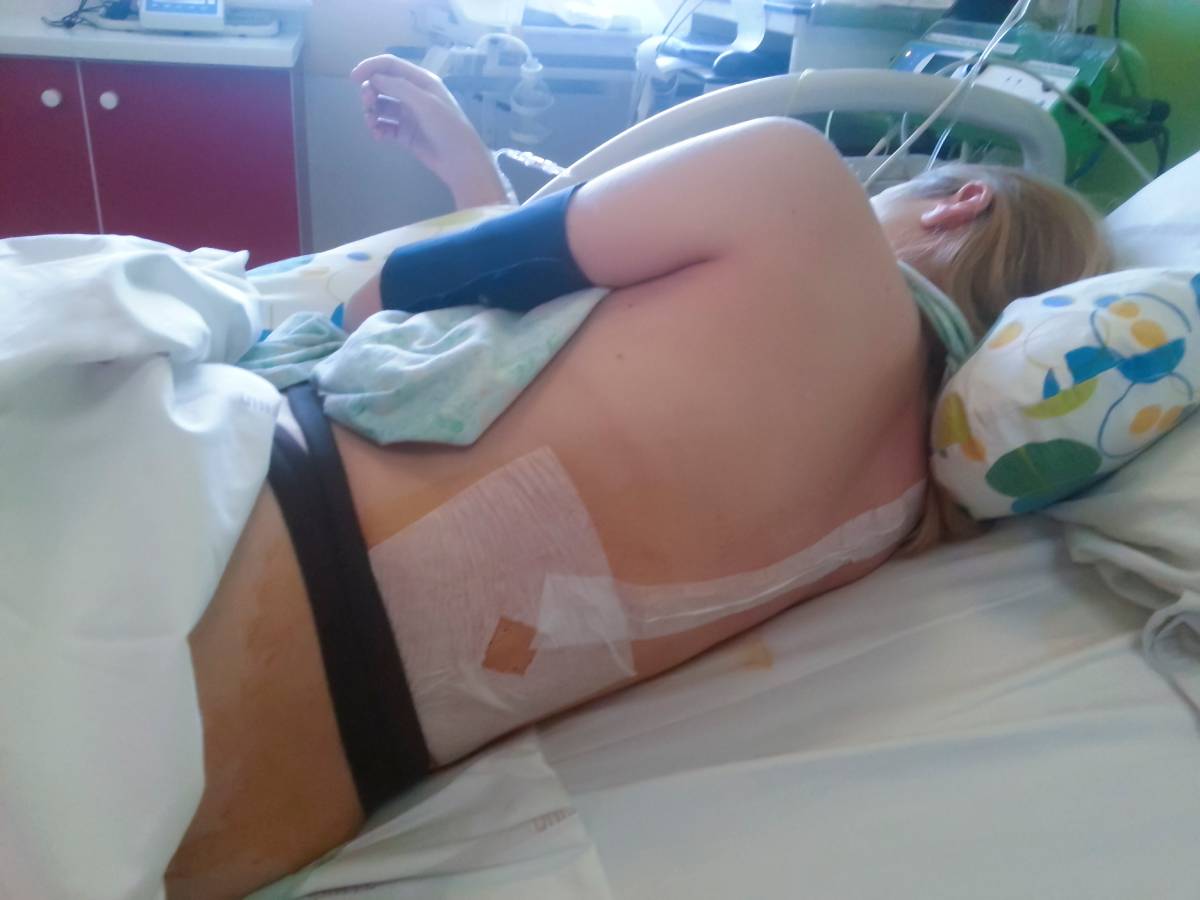Incidence of Catheter Migration in Anesthesia

Catheter migration is a well-recognized complication in regional anesthesia that can compromise both the safety and effectiveness of pain management. This phenomenon is particularly relevant in the context of epidural and peripheral nerve block procedures, where catheter stability is essential for consistent analgesia. The incidence of catheter migration, as well as its risk factors and prevention strategies, has been the subject of ongoing research in medical literature.
Catheter migration is reported to occur in a significant proportion of epidural anesthesia cases, with some studies indicating rates as high as 36%, especially in laboring women. In these instances, catheters may migrate either inward or outward, sometimes resulting in complete dislodgement. In non-obstetric populations, the migration rates are lower but still notable, typically ranging from 5% to 12%. The consequences of such migration include failed analgesia or unintended spread of anesthetic drugs, which can lead to inadequate pain control or, in rare cases, systemic toxicity. Several factors contribute to the risk of epidural catheter migration, including a higher body mass index, the depth of the epidural space, and patient movement during repositioning or ambulation.
Peripheral nerve block catheters are also susceptible to migration, with incidence rates varying based on placement technique. For example, catheters placed parallel to the nerve have been shown to migrate less frequently than those inserted perpendicularly. Inadequate fixation, frequent joint movement, and tissue tension near the insertion site are common contributors to catheter migration in this form of regional anesthesia. This often leads to diminished analgesic efficacy, necessitating catheter replacement or alternative pain management strategies.
To address the issue of catheter migration in anesthesia, several prevention strategies have been developed and studied. Subcutaneous tunneling, which involves routing the catheter under the skin before insertion into the target space, significantly reduces the risk of migration in epidural anesthesia. Similarly, parallel placement of peripheral nerve block catheters, as opposed to perpendicular insertion, helps minimize displacement. The use of ultrasound guidance during catheter placement further enhances accuracy and reduces the likelihood of migration, especially for deep or anatomically complex blocks. Additionally, secure fixation using adhesive dressings and sutureless devices has proven more effective than standard tape alone in maintaining catheter position.
The clinical consequences of catheter migration can be serious. Failed analgesia is the most common outcome, often requiring prompt intervention to restore effective pain control. More rarely, migration can result in systemic toxicity if local anesthetic is inadvertently delivered into a blood vessel or in neurological complications if the drug spreads into unintended spaces such as the subdural or intrathecal regions. These complications underscore the importance of vigilant monitoring and the use of preventive measures to ensure catheter stability.
In summary, catheter migration remains a significant challenge in regional anesthesia, influenced by a combination of anatomical, technical, and patient-specific factors. Advances in placement techniques, fixation methods, and real-time monitoring are helping to reduce the incidence of this complication. Ultimately, continued research is needed to establish standardized protocols for assessing and preventing catheter migration in order to improve patient safety and analgesic outcomes.
References
- Bishton IM, Martin PH, Vernon JM, Liu WHD. Factors influencing epidural catheter migration. Anaesthesia. 1992;47(7):610-612. doi: 10.1111/j.1365-2044.1992.tb02337.x.
- Kato K, Hashimoto K, Kato H, et al. Migration rate of proximal adductor canal block catheters placed parallel versus perpendicular to the saphenous nerve. Reg Anesth Pain Med. 2023;48(6):203-209. doi: 10.1136/rapm-2022-104303.
- Sharma V, Kumar A, Datta B, et al. Prevention of epidural catheter migration: a comparative evaluation of tunneling techniques. J Anaesthesiol Clin Pharmacol. 2020;36(3):367-372. doi: 10.4097/kja.20131.
- Pan PH, Bogard TD, Owen MD. Incidence and characteristics of failures in obstetric neuraxial analgesia and anesthesia. Int J Obstet Anesth. 2004;13(4):227-233. doi: 10.1016/j.ijoa.2004.04.008.